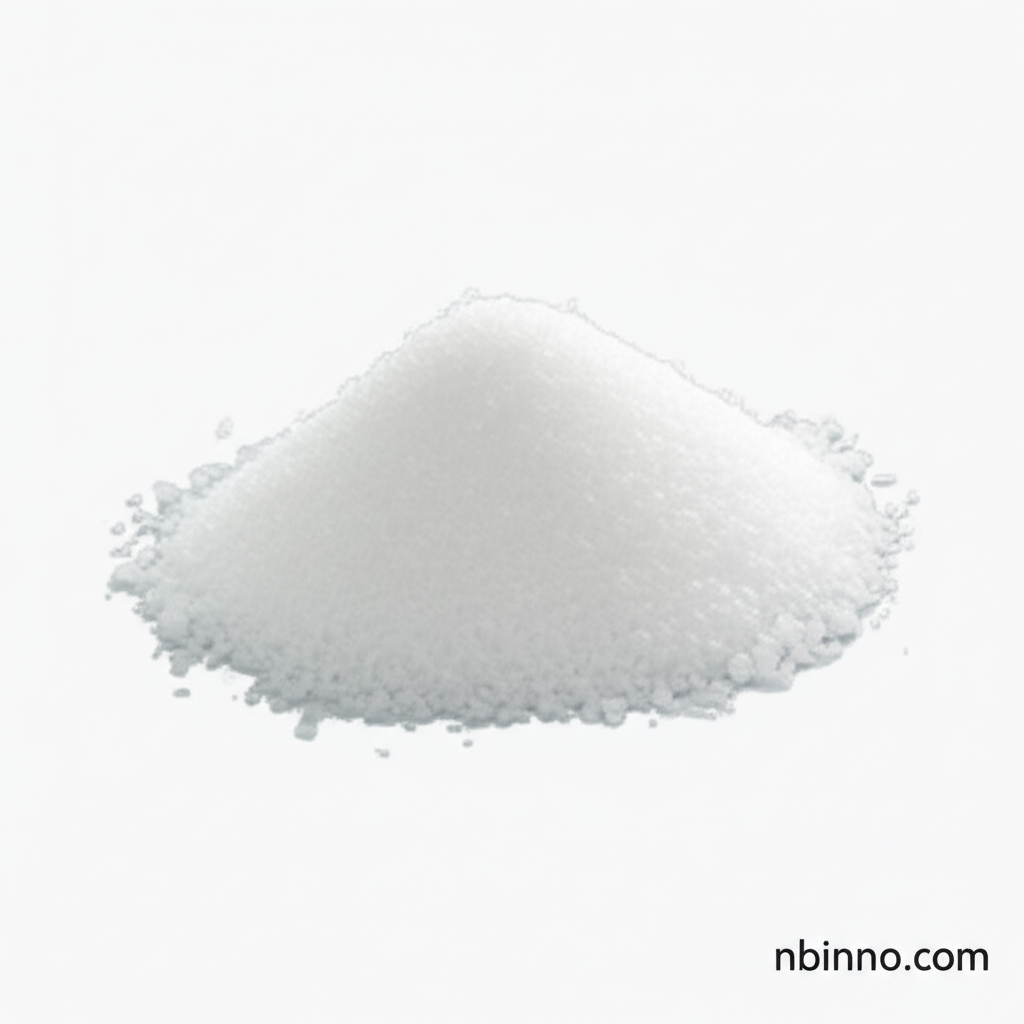Lead(II) Acetate Trihydrate: Properties, Applications, and Safety
Discover the multifaceted uses and crucial safety information for this vital industrial and laboratory chemical.
Get a Quote & SampleProduct Core Value

Lead Acetate Trihydrate
Lead Acetate Trihydrate is a versatile white crystalline compound with a CAS number of 6080-56-4. It finds extensive use across various sectors due to its unique chemical properties, serving as a key intermediate in many industrial processes.
- Exploring the properties of lead acetate trihydrate reveals its solubility in water and distinct sweet taste, though its toxicity necessitates careful handling.
- Delve into the diverse applications of lead acetate trihydrate, from its role as a mordant in textile dyeing to its use as a drier in paints and varnishes.
- Understand the critical lead acetate trihydrate safety guidelines to mitigate risks associated with its handling and storage.
- Investigate the wide-ranging lead acetate trihydrate uses in organic synthesis, pigment production, and even in hair coloring formulations.
Key Advantages of Lead Acetate Trihydrate
Versatile Chemical Intermediate
As a vital chemical intermediate, it plays a crucial role in synthesizing other lead compounds and complex organic molecules, facilitating numerous manufacturing processes.
Industrial Applications
Its effectiveness as a paint drier and a mordant in textile dyeing makes it indispensable in manufacturing and finishing industries, contributing to product quality and durability.
Laboratory Utility
In laboratories, lead acetate trihydrate laboratory use is common for analytical testing, organic synthesis, and as a reagent for detecting hydrogen sulfide gas, showcasing its scientific importance.
Key Applications
Textile Dyeing and Printing
Utilizing the properties of lead acetate trihydrate, it acts as an effective mordant, enhancing dye fixation and improving color fastness in fabrics.
Paints and Varnishes
As a paint drier, lead acetate trihydrate accelerates the drying process of oil-based paints and varnishes, contributing to a smoother and more durable finish.
Organic Synthesis
In organic synthesis, this compound serves as a precursor and reagent for various chemical transformations, enabling the creation of complex organic molecules.
Industrial and Laboratory Use
Beyond specific uses, its broad applicability as an industrial chemical and laboratory reagent underscores its significance in scientific research and manufacturing.
